10. Midsommar
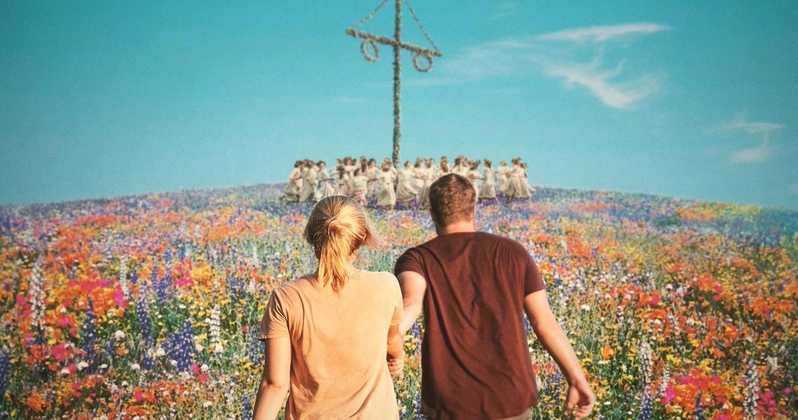
As with writer-director Ari Aster’s previous film Hereditary (2018), overwhelming grief and the delicate threads of family reputably fray at the center of Midsommar, a gorgeously depicted and frequently gruesome folk horror freakout. Fans of slow-burn mental anguish and arthouse aversion will find much to admire and dismay about in this lavishly detailed Swedish-set travelogue of terror.
Florence Pugh (Lady Macbeth) is mesmerizingly vivid and volatile as Dani, a young American woman navigating a devastating loss who, along with her boyfriend, Christian (Jack Reynor) and his friends, lose themselves on a “once-in-a-lifetime” getaway to a remote Swedish village where the midsummer festival there is a big deal. As Dani and her friends get swept up in the pagan traditions of their cult-like hosts, it’s not long before things get eerie and injurious.
While shades of Ken Russell’s The Devils (1971) and Robin Hardy’s The Wicker Man (1973) seem to be obvious influences, Aster’s eye for detail (Henrik Svensson’s intricate production design and Pawel Pogorzelski’s expert lensing are sublime), his deliberate pacing, and his operatic story structure, amounts to one hell of a hallucinatory headtrip.
9. The Lighthouse
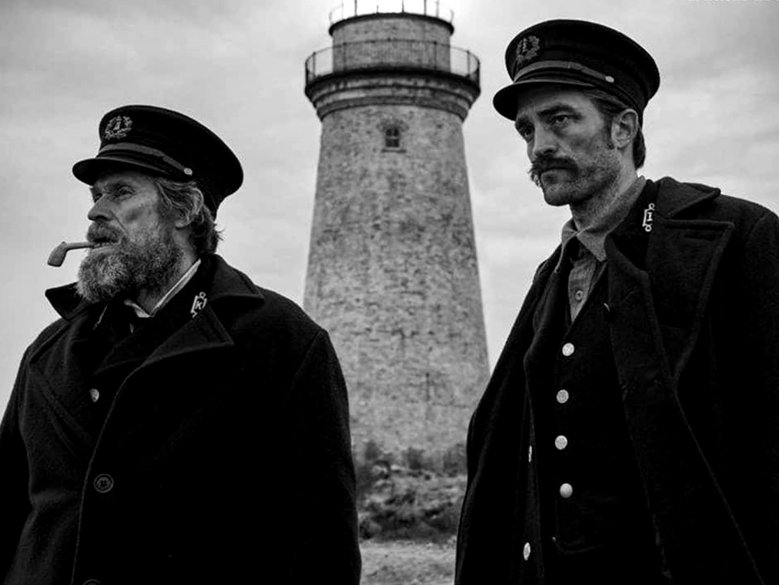
“Swab dog!” sputters a dour and drunken Thomas Wake (Willem DaFoe) to a puerile and seriously shook up Epharim Winslow (Robert Pattinson) in one particularly memorable moment in Robert Eggers’ entrancingly controlled psychological horror film, The Lighthouse. Ostensibly a chamber piece set in an isolated lighthouse along the enraged sea off the North American coast in the 1890s. It’s here that two desolate “wickies” (lighthouse keepers) must survive four impossibly long weeks before their relief comes, or rather, if relief ever comes.
The barren and forsaken island in which their lighthouse stands is photographed handsomely, thanks to Jarin Blaschke’s black-and-white lensing. Eggers also shows a fondness for close-ups and a gift for cinematic portraiture, all shot in a compact 1.19:1 aspect ratio. At times this give The Lighthouse a very vintage feel, particularly some dream-like visions of mermaids that recall the prestige horror of James Whale’s Bride of Frankenstein (1935).
The Lighthouse is a poetic study of guilt and mania as Eggers has fashioned a deep, and wonderfully disheartening tale, and one as provocative as the siren call that has brought so many seafarers to such lovely ruin.
8. Long Day’s Journey Into Night
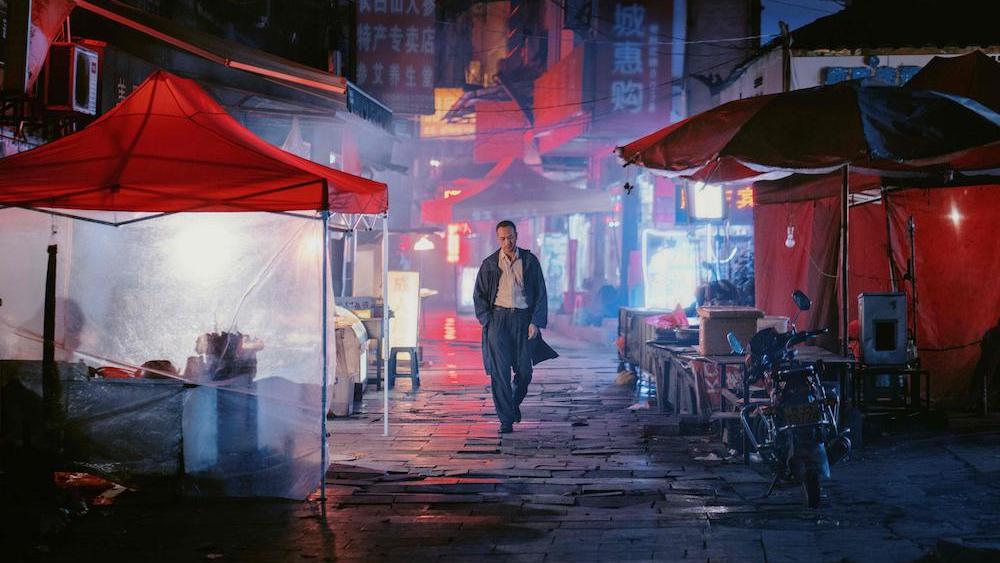
“Intoxicating,” writes New York Times film scribe Glenn Kenny of the new film from Bi Gan (Kaili Blues), suggesting that Long Day’s Journey Into Night “feels like dreaming with your eyes open.” And Kenny isn’t alone in the enthusiastic praise of this noir-tinged spectacle of staggering beauty.
The protagonist at the center of Long Day’s Journey Into Night is Luo Hongwu (Wang Jue), a man obsessed with an elusive love affair from his past with the dreamy Wan Qiwen (Tang Wei), or was it all just a movie he so vividly remembers? And so Luo sets out to find his chimerical muse, even if it means mingling with his cruel-hearted romantic rival (Chen Yongzhong) in a journey that frequently recounts the film’s coda: “The difference between film and memory is that film is always false…”
The film slowly unravels and brings the audience to the astonishing final hour of the film, and the real reason why it tops this list. Astonishingly, Long Day’s Journey Into Night morphs into a single-take travelling shot, in 3-D no less, as Luo enters a movie theater, pulling the viewer in a must-be-seen-to-be-believed sequence that boldly asserts a new dimension of cinematic space-time that’s pure hallucinatory ecstasy. This is sensuous cinema at it’s finest, and one of the most visually luxuriant films you’ll ever come across.
7. The Irishman
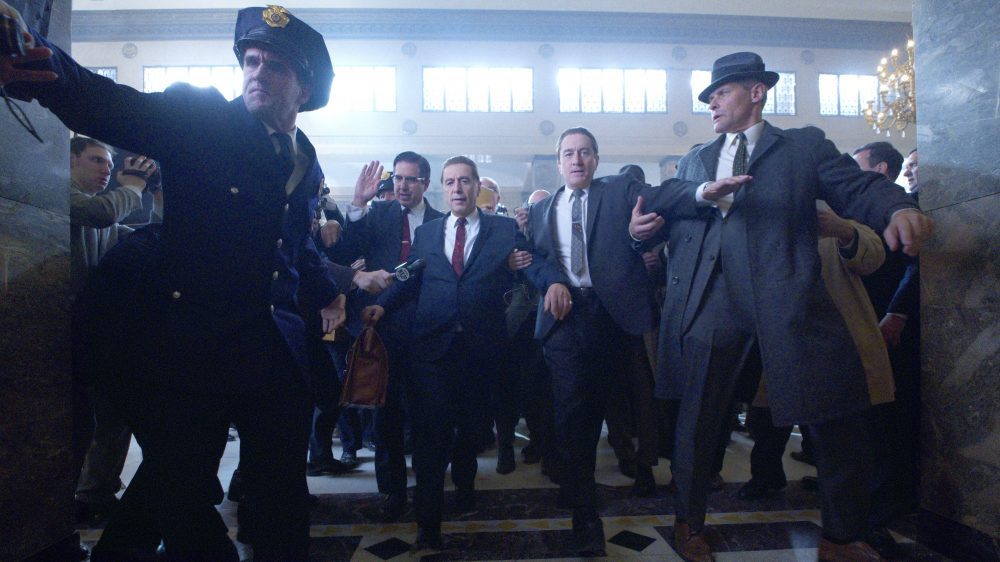
No one does the epic American crime drama quite like Marty and The Irishman may well be the genre’s elegiac swan song. And with all the mythic menace and nostalgic nuance on beautiful and blood-flecked display, it seems only suiting that Scorsese get the last say in the genus he perfected (the term “gangster film” is synonymous with his showpieces like Mean Streets [1973], Goodfellas [1990], and Casino [1995]), and it’s also a mighty fine way to finale a strong cinematic year.
Adapted from Charles Brandt’s 2004 best-selling true crime novel “I Heard You Paint Houses”, The Irishman spans some 40 tumultuous years, and watching it all unfold is a mesmerizing trip of period detail and unforgettable Americana. Starting in the 1950s as war veteran turned truck driver Frank Sheeran (Robert De Niro) gets wrapped up with Russell Bufalino (Joe Pesci) and his Pennsylvania crime family.
Sheeran savagely climbs the ranks to become a top hit man, even at the cost of losing the love and respect of his wife and daughters. Eventually he goes to work for Jimmy Hoffa (Al Pacino), the legendary Teamster terminally tied to organized crime.
Alternately funny, frightening, poignant, and profound, The Irishman is an enthralling, entertaining, and deeply satisfying picture. Teeming with Scorsese’s signature frenetic pace and energy––period details are perfect––this is a film that moves from emotional highs and lows with the momentum of a freight train as glamor and humor mesh with gritty reality and momentous fervor. Another indelible classic from an American master and a feast for the senses.
6. Monos
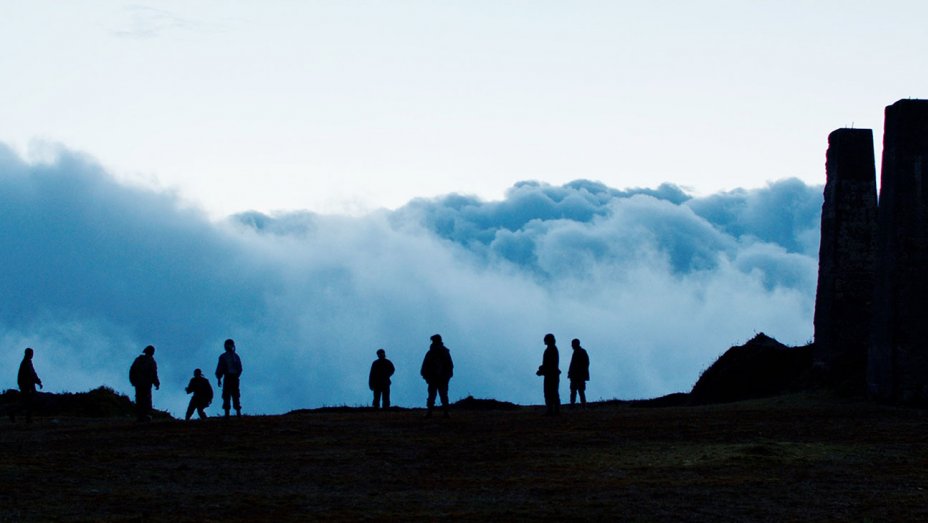
This atmospheric and dream-like antiwar mini-epic from the visionary Brazilian-born director Alejandro Landes (who co-wrote the film along with Alexis Dos Santos) unfolds like a beautiful dreamscape from another time and place. If you were to imagine what Werner Herzog’s take on Lord of the Flies might be like than you’ll enjoy splashing in the warm waters Landes generates in this unforgettable exploration of humanity set on the remote and expansive Monos, a Colombian mountaintop where eight child commandos armed with guns watch over a war prisoner of war (Julianne Nicholson).
Cinematographer Jasper Wolf presents breaktaking and wildly surreal visuals from the Colombian jungle and mist-shrouded mountaintops, while Landes’ cast on non-actors dominate the screen with their unclouded and candid faces in documentary-like portraiture of war orphans, these savage youth in revolt are given the perfect, ethereal and haunting background musical score from Mica Levi (Under the Skin, Jackie) making for one of the decade’s most moving and mercurial cinema experiences.
5. Atlantics
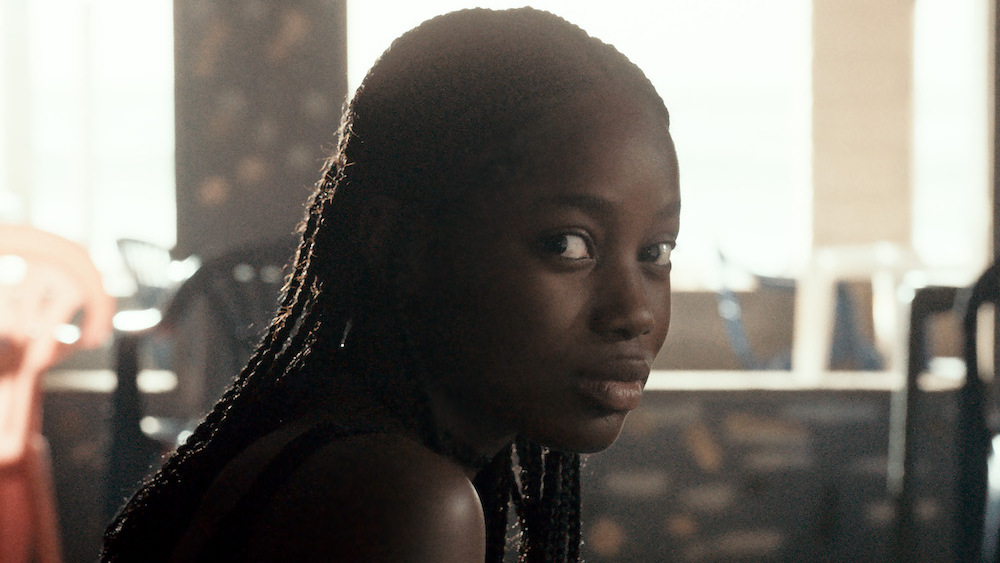
Winner of the Grand Prix and the 2019 Cannes Film Festival, Franco-Senegalese writer-director Mati Diop’s debut Atlantics is a beautifully realized humanistic tale of love, loss and wonder. Called both a “migrant ghost story” and something of an “art genre hybrid” this is a film that might catch you off guard the next time you’re looking to “Netflix and chill”––for better or worse, most people will find Atlantics on the streaming giant and NOT on the big screen, where it really stirs, strikes, and sucks you in.
Ada (Mame Bineta Sane) is young and in love with Souleiman (Ibrahima Traoré), a man who like many in Senegal, is exploited at his high-risk laboring job that seems to seldom ever pay. When he is “taken to the sea”, which is to say perishes in an impromptu boat journey to Spain, his absence/disappearance leaves a gaping whole in Ada’s life. And she’s not alone in this as all hands were lost. serious void in the lives of those left behind.
Diop creates a lush romantic parable while attacking colonialism and so much more in this tale of young women trapped in a heartless society.
“It’s a suspenseful, sensual, exciting movie,” writes New York Times critic AO Scott, who adds “and therefore a deeply haunting one as well.” Not to be missed.
4. Once Upon a Time in Hollywood
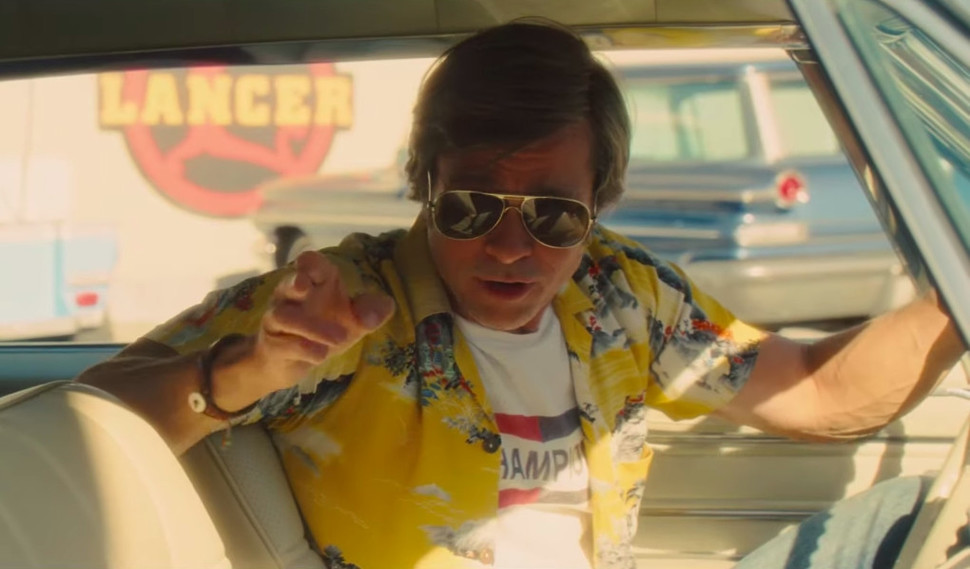
Once Upon a Time in Hollywood is Quentin Tarantino’s love letter to Tinseltown, albeit one inked with a poison pen. Atypical of QT, this is a giddy grab bag of pop culture references and playful allusions to Hollywood’s past and potential futures.
Unraveling in 1969, just ahead of the New Hollywood movement that would forever alter the film industry, the film focuses on three forlorn characters; Rick Dalton (Leonardo DiCaprio), a fading Western TV actor having a simultaneous midlife and identity crisis trying to make it in the movie business; Cliff Booth (Brad Pitt), Dalton’s stunt double and BFF; and then most ill-starred of them all, Sharon Tate (Margot Robbie), the real-life rising star whose life and career were cut short most tragically on August 9th, 1969, at the hands of members of the Manson Family.
Once Upon a Time in Hollywood presents us with characters in a special and very specific place and time. Maybe nothing much happens over a few days in February but the play of light and the spatter of shadows suggest that summer and August in particular, hold something sadly significant and terribly, terribly wrong.
3. 1917

Sam Mendes’s World War I-set epic about two British soldiers (Dean-Charles Chapman and George MacKay) charged with a difficult mission that risks the lives of 1,600 men during the spring of 1917 is as immersive and immediate as you might expect from such a well-schooled director and with such hard-hitting and engaging source material. But what really grips you in this raw and visceral masterpiece is Roger Deakins’s expert lensing.
This is a cinematographer at the height of his considerable powers, and the brilliantly choreographed long-take tracking shots constructed by Deakins and Mendes will most likely cinch this film a well-deserved Oscar (and Deakins, as we all know, really should have about 30 of those).
Even if traditional war pictures aren’t your thing (and if Malick’s A Hidden Life, next up on this list, is too glacially paced for you), you might find the stunning cinematography here is what keeps you on edge with your head just spinning. This film will daze you with its grand scale flourish and jaw-dropping intuitive designs. See it on the biggest screen you can.
2. A Hidden Life

The (once) reclusive and artfully enigmatic Terrence Malick (Badlands, Days of Heaven) brings his distinct brand of naturalistic beauty and poetic transcendence to the weighty true-life tale of conscientious objector Franz Jägerstätter (August Diehl), an Austrian farmer who, even under threat of execution, refuses to fight for the Nazis during World War II.
In atypical Malick fashion it’s as if the war barely intrudes in the overwhelming visuals of sky and lush green mountain slope. There’s a leaning towards drama over dialogue, and the detractors who felt Malick’s recent trend towards didacticism will not be won over, rather Malick devotees will find A Hidden Life as irresistible as catnip. This perhaps heavy-handed arthouse film is also a heartbreaking and sombre anti-war epic––Jägerstätter was put to death by the Third Reich for undermining military actions, though later beatified and declared a martyr by the Catholic Church.
Also featuring the final performances from both Bruno Ganz and Michael Nyqvist, A Hidden Life is an absolutely unmissable experience for serious cinema lovers.
1. Portrait of a Lady on Fire
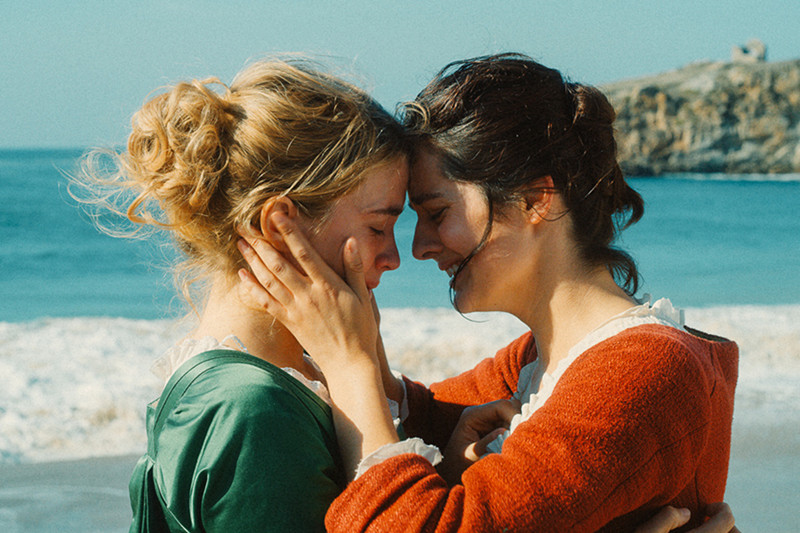
French formalist writer-director Céline Sciamma (Girlhood) is completely in her element with her exquisitely tender costumer, the laudable and lovely new film Portrait of a Lady on Fire. Having already achingly smouldered earlier this year at Cannes where it rightfully netted the award for Best Screenplay, Sciamma’s painterly perfection focusses on Marianne (Noémie Merlant) a 19th-century painter commissioned to a lush island home to paint the wedding portrait of ravishing young Héloïse (Adèle Haenel).
The deeper that Marianne and Héloïse sink into their foreordained love the more their world seems to feel like tragic symbolization, and the film is gorgeously lit to look like Neoclassical paintings from the era.
Seductively shattering and intimately breathtaking, Portrait of a Lady on Fire may leave certain aspects of these women’s deeply partaken love as emotionally unresolved, but it’s all so swooningly photographed, magnificently acted, patently told, and with a tone so close to illusory––as such it’s quite stunning.
Author Bio: Shane Scott-Travis is a film critic, screenwriter, comic book author/illustrator and cineaste. Currently residing in Vancouver, Canada, Shane can often be found at the cinema, the dog park, or off in a corner someplace, paraphrasing Groucho Marx. Follow Shane on Twitter @ShaneScottravis.